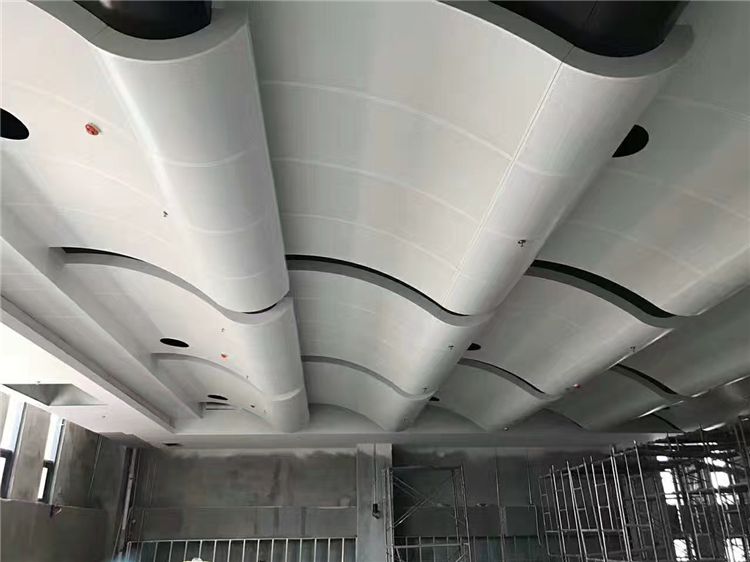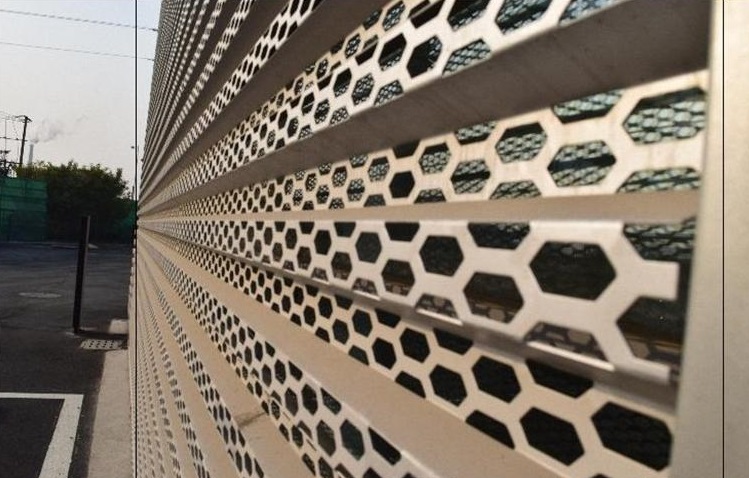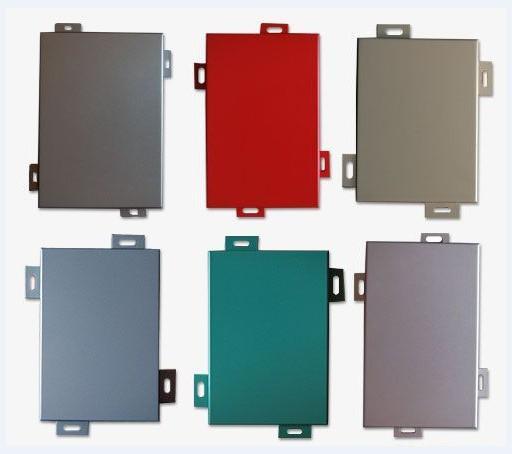Industry information
Company News
- Curtain wall aluminum veneer, creating a new style of modern architecture!
- Personalized aluminum veneer, customize your space style
- Wood grain aluminum veneer: retro sentiment of modern building materials
- Imitation wood grain aluminum veneer: a retro new choice for modern architecture
- Aluminum veneer: the 'invisible hero' in architecture
Industry dynamics
- Aluminum veneer, the new darling of modern architecture
- Aluminum veneer customization, creating a new trend of personalized space
- Anodizing treatment of aluminum veneer
- Diversified styles of aluminum ceiling application range
- Installation and maintenance techniques for wall suspended ceiling aluminum veneer
Frequently asked questions
- How to evaluate the impact of the plasticity of aluminum veneer on the appearance of buildings?
- Can aluminum veneer be used for building platform design?
- How does aluminum veneer provide the wind resistance required for modern buildings?
- Will the thickness of aluminum veneer affect its service life?
- What are the limitations of the application scope of aluminum veneer?
contact us
Mobile:+86 15627778610
Email: 2201229786
Address: No. 5 Binjiang Road, High tech Zone, Zhaoqing City, Guangdong Province
What is the performance of aluminum veneer in terms of thermal conductivity and insulation?
- Author: Lesilong Technology (Guangdong) Co., Ltd
- Release time: 2022-03-04 08:27:01
- Click:0

Aluminum veneerAs a common building decoration material, its performance in heat conduction and insulation is also very important. Below, we will provide a detailed introduction to the performance of aluminum veneer in terms of thermal conductivity and insulation.
1. Thermal conductivity of aluminum veneer
The thermal conductivity of aluminum veneer mainly depends on the characteristics of its material itself. Generally speaking, the thermal conductivity of aluminum veneer is relatively low, about 20-30w/(m · K), which means that aluminum veneer has better insulation effect compared to other building materials. Aluminum veneer also has good thermal stability and corrosion resistance, and can be used in different climates and environments.
1. Thermal insulation performance of aluminum veneer
The thermal insulation performance of aluminum veneer is also very important, as it can effectively reduce the impact of indoor and outdoor temperature differences on buildings, thereby improving the energy utilization efficiency of buildings. Generally speaking, aluminum veneer has good thermal insulation performance, with a thermal insulation coefficient of 0.8-1.5w/(m · K). This means that aluminum veneer can effectively prevent the transfer of indoor and outdoor heat, thereby maintaining stable indoor temperature and reducing air conditioning energy consumption.
It should be noted that the thermal conductivity and insulation performance of aluminum veneer still need to be adjusted according to specific application scenarios. For example, in some special architectural designs, it may be necessary to use aluminum veneers of different shapes or sizes for insulation or heat dissipation treatment. When choosing aluminum veneer, it is necessary to consider the specific design requirements comprehensively.
The performance of aluminum veneer in terms of heat conduction and insulation is very important, which can affect its decorative effect and energy utilization efficiency. Designers need to choose the appropriate type and size specifications of aluminum veneer according to specific application scenarios and design requirements, in order to achieve the best decorative and energy-saving effects. It is also necessary to comply with relevant industry standards and regulations to ensure product quality and safety.







 Customer service QQ
Customer service QQ